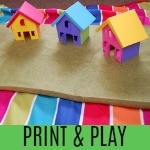These simple kitchen science experiments are fun to do and encourage kids to practice their observational skills, form a hypothesis, and record their results! The best part is they use common household materials you probably already have on-hand. A big thank you to our friends at Netflix for sponsoring today’s science experiments and for providing us with the necessary materials to conduct our own experiments at home! You may want to check out the new series Project Mc² that is streaming exclusively on Netflix. Project Mc² features four teenage girls who love science and use their STEM skills to solve problems and save the day! So far three episodes have been released, and to celebrate we conducted some science experiments of our own. Yay for science learning fun!
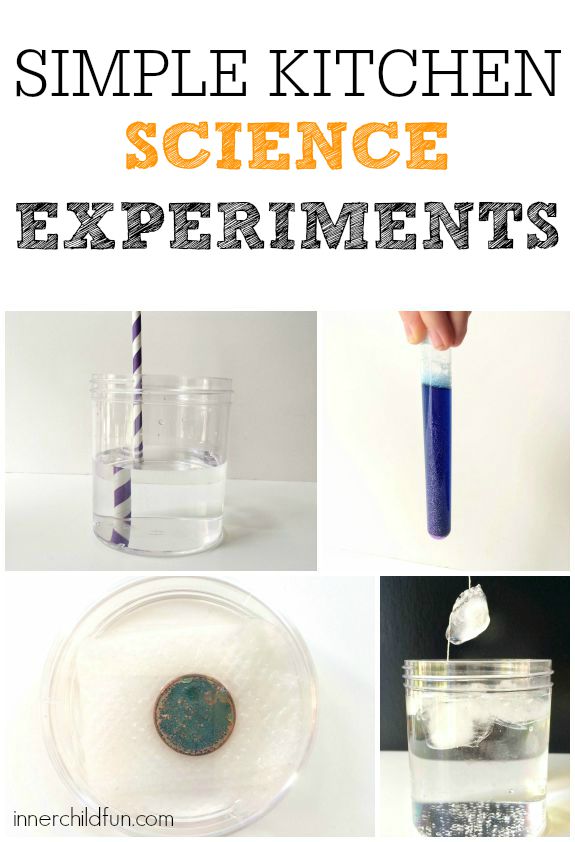
Here are 4 simple kitchen science experiments that you can do at home:
1. Go Fishing for Ice
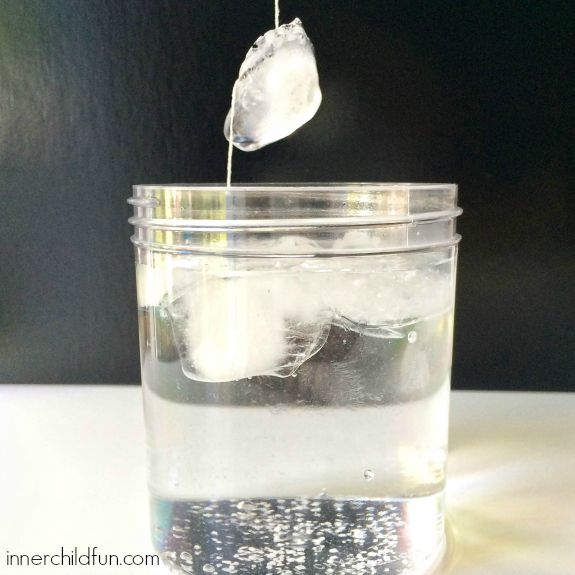
Materials Needed:
- Water
- Ice Cubes
- Table Salt
- String
- Paper Cup
Fill the paper cup 2/3 of the way full with water and add ice cubes. Sprinkle some salt on top of the ice cubes. Quickly lay the string on top of the salted ice cubes.
Let the string sit on top for about a minute. Then, slowly life one end of the string and see how many ice cubes are stuck to the string! Try repeating the same experiment, but without adding any salt. How many ice cubes did you “catch”?
2. Create a Glitter Tornado
Materials Needed:
- Water
- Dish Soap
- Glitter
- Plastic Test Tube with a Lid
- Food Coloring (optional)
Fill the test tube about 3/4 full with water. Add a few drops of dish soap, a drop of food coloring (optional), and a bit of glitter. Secure the lid to the test tube, and quickly swirl the tube around. Stop and observe what happens to the glitter. A miniature tornado in a test tube! Next, try repeating the experiment by shaking the test tube to see if you get different results.
3. Changing Straw
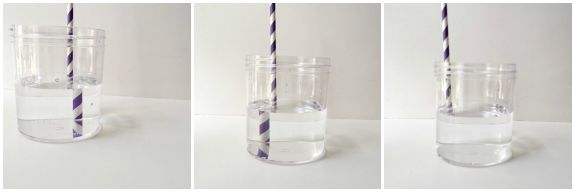
Materials Needed:
- Water
- Drinking Straw
- Clear Plastic Jar
Fill the jar about 2/3 of the way with water. Put the straw into the jar. Position the straw so it is parallel to the side of the jar. Bring the jar to eye level, and slowly start to turn the jar. Observe what happens to the straw’s appearance. Can you make part of the straw disappear? Repeat the experiment with oil instead of water. Do you get difference results?
4. Make a Penny Turn Green
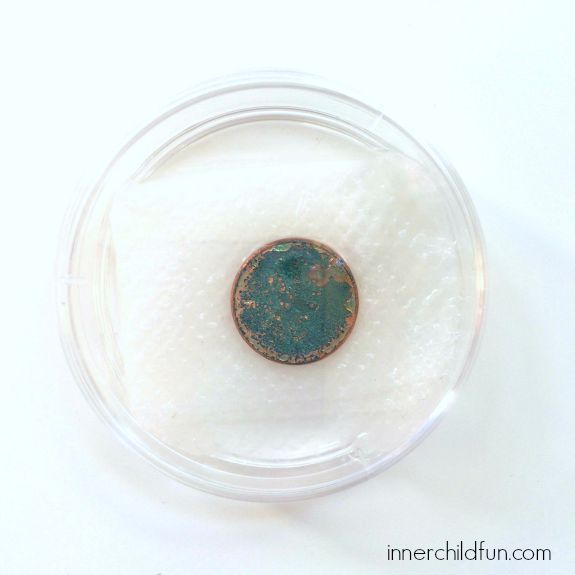
Materials Needed:
- Paper Towel
- Penny
- Vinegar
- Small plastic dish with a lid
Fold or tear a small paper towel so it fits into the bottom of the plastic dish. Add some vinegar so that the paper towel is completely saturated. Place the penny on top of the paper towel and cover the dish with a lid. Observe the penny every few hours, but for best results allow the penny to sit overnight. You can repeat the experiment using a dime or nickel. Do you get different results?
More Science Fun to Explore:
Disclosure: This post is sponsored by Netflix. I am a member of the Netflix StreamTeam, and I received promotional materials for the purposes of this post. All opinions are my own.

